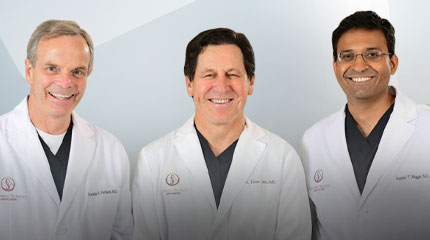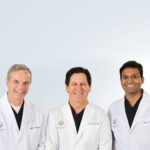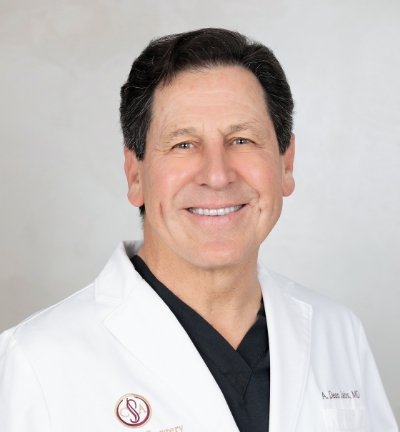CONTACT US
TEXTING AVAILABLE! For a text response feel free to text the number provided on your screen after filling out this form.
NaturalLift™ Facelift
Conveniently located to serve the areas of Maryland, Virginia and Washington, D.C.
At a certain point in life many people look in the mirror and discover that they don’t look the way they feel. It may come after a special birthday, after seeing old friends or seeing grandchildren who, can be brutally honest. We see people daily in the office who want to look their best without being a caricature of themselves or looking “done”. Both men and women want to look refreshed without looking pulled or over tightened. Over the past 30 years we have tried many, if not all, of the facelift innovations that have been published and learned a great deal from our results and how patients have reacted to various techniques. We have gone from doing a “skin only” to deeper planes to plications of the connective tissue to achieve the goals we desire. We have seen that enough has to be done to make a lasting difference but that sometimes doing more results in less. With this in mind and acknowledging that every patient is unique we have developed the NaturalLift™.
What is NaturalLift™?
The NaturalLift™ is a procedure that can be done under sedation and local anesthesia to provide a safe, comfortable experience with a quicker recovery. It involves incisions in the sideburn hairline area, then down inside the ear (to avoid a scar in front of the ear), under the earlobe and then behind the ear and into the hairline again. After the skin is elevated, the deeper structures are tightened. A deep plane technique is used to tighten the neck muscles and address the neck bands through a small incision well hidden under the chin. The SMAS is tightened in the cheek with long lasting sutures. Fat is also removed in the neck and jowls. Buccal fat may also be removed from the lower cheeks through an incision in the mouth at the same time. The excess skin that naturally occurs from the underlying tightening is removed and the flaps “glued” down with a spray fibrin matrix that decreases bruising and leads to faster healing. No drains are required.
How Can NaturalLift™ Help?
The NaturalLift™ addresses aging from the lateral orbit down to the lower neck. It elevates the cheeks, sharpens the jawline and defines the neck. It may be combined with improvements to the upper and lower eyelids as well as the brow at the same time. The results of the NaturalLift™ facelift last a long time, providing results for 10-15 years.
NaturalLift™ Recovery
People go home with a friend or loved one the day of surgery and rest for the remainder of the evening with their head elevated. The next day the bandage can come off and within a week you can resume many of your normal activities.
NaturalLift™ Candidates
Good candidates are those people who have been found to be medically fit, are off medications and supplements that can lead to bruising and have a few weeks to recover. We have done this procedure in people as young as their 40’s all the way to people in their 80’s with excellent results. All of the sutures used dissolve with no need to have them removed.
What to Expect
The NaturalLift™ is performed in our QuadA approved operating suite in a safe, caring environment. The procedure itself takes between 3-5 hours depending on what else is being done. Often patients will want to have excess eyelid skin and bags corrected at the same time. We have excellent caring nurses and staff who have many years of experience.
NaturalLift™ Recovery
After the procedure you will go home and rest most likely not recalling any of the events of the procedure. You will be in little to no discomfort and will have the personal phone number of your surgeon should you have question or concerns. You will return to the office in a few days after the procedure for a quick check and then return home to rest. Arrangements can be made for visiting nurses if desired (not required) and/or local accommodation for our out of town/country guests.
The incisions will mature with time and become almost invisible. We ask that you refrain from direct sun exposure for a few months after the procedure. Exercise may resume after 5 weeks.
Schedule A Consultation
To get the natural “unoperated-on” look of the NaturalLift™ facelift please contact our office to schedule a complimentary consultation.
Our Plastic Surgery Associates team includes Dr. Franklin Richards, Dr. A. Dean Jabs, and Dr. Keshav Magge. Each of our plastic surgeons is board-certified, and together they have over 60 years of combined experience. Drs. Richards, Jabs, and Magge are all highly qualified in procedures for the face, breast, and body, and pride themselves in providing excellent results through our state-of-the-art, Quad A certified operating centers







